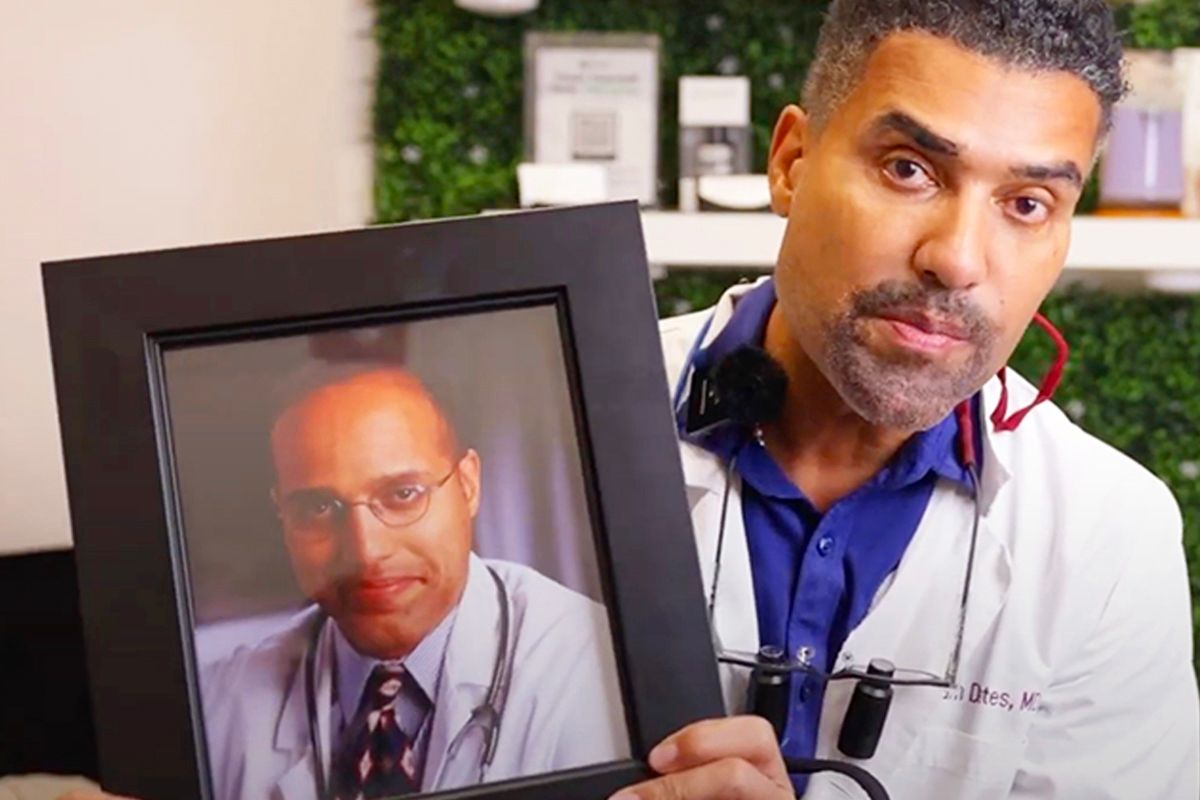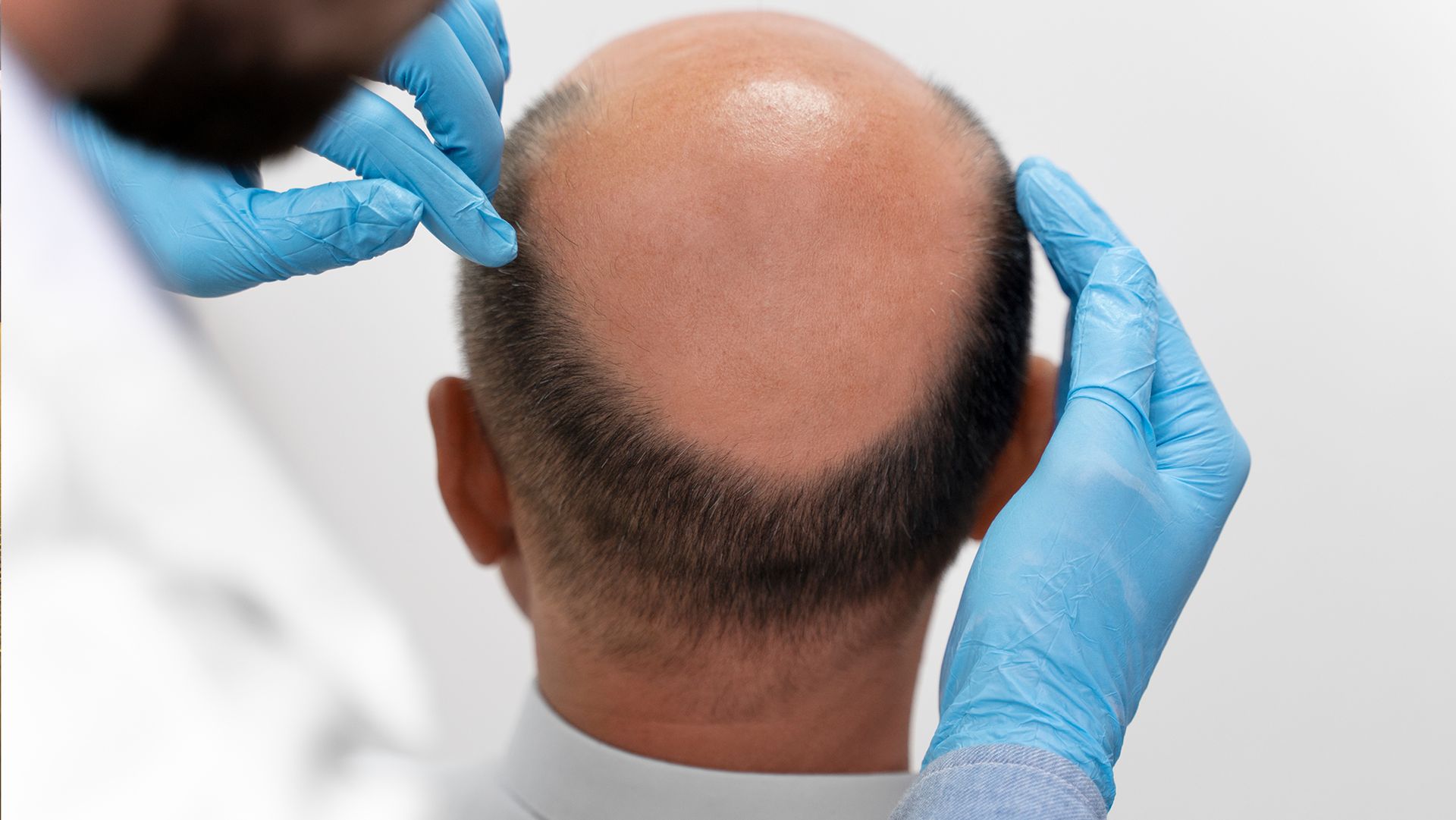



Everyone experiences hair loss in one way or another. But at a normal rate, it’s not always so alarming that it requires intervention.
Because of this, it can take a while to realize you might be experiencing severe hair fall or potential balding. One way around it is by learning what to expect before and after hair loss.
So, what exactly are these? Keep reading to learn more about the signs, causes, and solutions involved.
According to the American Academy of Dermatology Association, you can shed up to a hundred strands of hair a day and it would still be considered normal. It becomes serious when the frequency and amount increase, accompanied by other symptoms.
These may include the following signs.
One of the first signs of hair loss or balding is thinning hair, especially if yours is naturally thick. It can occur in your temples, back of the head, or crown or top of the head.
Note that it progresses slowly, so you may not notice it until you lose a significant amount. Moreover, it becomes easier to determine if it occurs at the same time as other signs.
A receding hairline refers to the appearance of your head when the hair at the front and sides becomes thinner and moves away from the face. It’s also common for the hairline to create an M shape as this happens.
As your hair thins, it also starts to create patterns in your hair. In this case, it usually splits at the top of the head, making it appear as though your hair is pulling apart.
Even when you don’t notice other symptoms early, it’s easier to tell whether you have unnatural clumps of hair fall. It’s important to know how much the hair fall has increased compared to your usual. Otherwise, it can be difficult to really tell.
You can start losing your hair for several reasons. In most cases, it varies based on what hair loss you’re experiencing. The following are some of the common reasons behind it:
Whether or not your hair will grow back varies based on the reason it falls. Most of the causes are temporary and may result in hair growth after addressing the concern or changing habits.
Keep in mind that about
90% of your hair continuously grows. If the hair loss is temporary, you will likely notice changes after a while. Otherwise, you might experience chronic, if not permanent, hair loss.
Knowing the possible reasons for your hair fall helps you identify which solutions you consider before and after hair loss. This way, you can ensure you’re addressing it with the right approach.
The following are some of the most common ways to aid it.
Supplements and vitamins are one way to ensure your hair follicles get the nutrients they need, especially when your diet is unable to supply them. You can also take them when you want to restore hair growth quickly.
When taking these, you should remember that they don’t replace your meals. Instead, they offer support by increasing the nutrients you receive or filling what they lack.
Some conditions require you to take medication to prevent further hair loss. Usually, you would need this when you’re experiencing rapid or chronic hair loss.
Note that you should follow these as prescribed by your doctor to ensure effective changes.
You can get non-invasive treatments to encourage and stimulate hair growth. While these are effective, it helps to note that the results may either be temporary or permanent.
Most of the time, experts recommend having these treatments in conjunction with other ways to restore hair for better outcomes.
A hair transplant is one of the best ways to restore hair because it works for different conditions. At the same time, it allows you to enjoy permanent results.
The downside to this solution is that it’s surgical, so you may experience scarring and other side effects afterward. Even so, it’s one of the fastest ways to address cases of hair loss.
Moreover, it’s good to consider other options if your hair loss is temporary before proceeding with a hair transplant to maintain your natural hair growth.
There are a few things to learn before and after hair loss that affect the final results of your condition. It includes common signs, causes, and what to do when you experience it.
By understanding these aspects, you can determine what approach you will take and set proper expectations for how long you can restore your hair. At the same time, it helps you identify the severity of your case and identify what measures you should take to prevent it from further damage.



Ready to love your hair? Call 312.883.9617 for a FREE quote & consultation or fill out the form below
OUR LOCATION
213 N. Stetson Ave
Chicago, IL 60601
HOURS
Copyright ©2025 Dr. Yates Hair Science | All Rights Reserved
Powered by HEAVY LEVITY